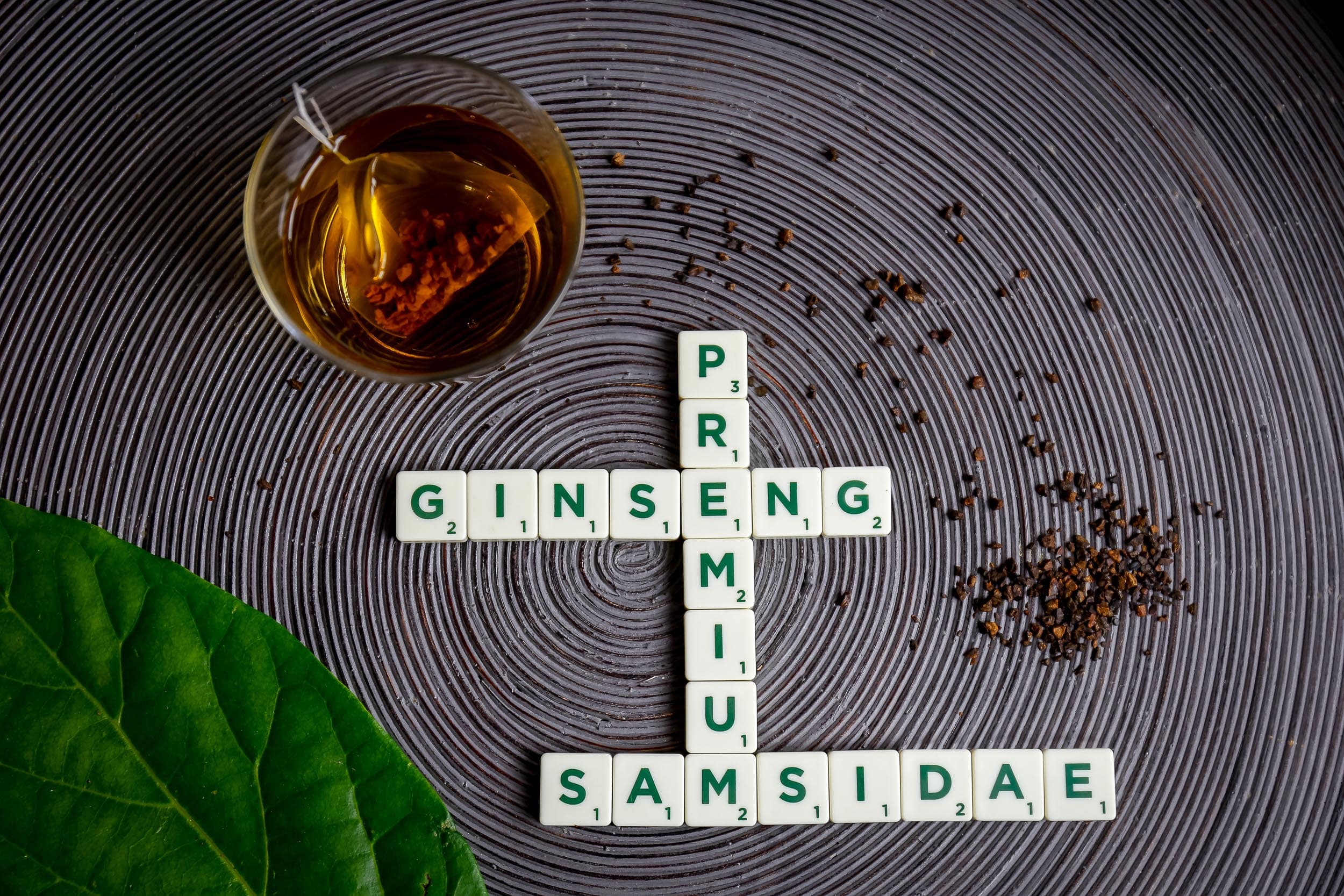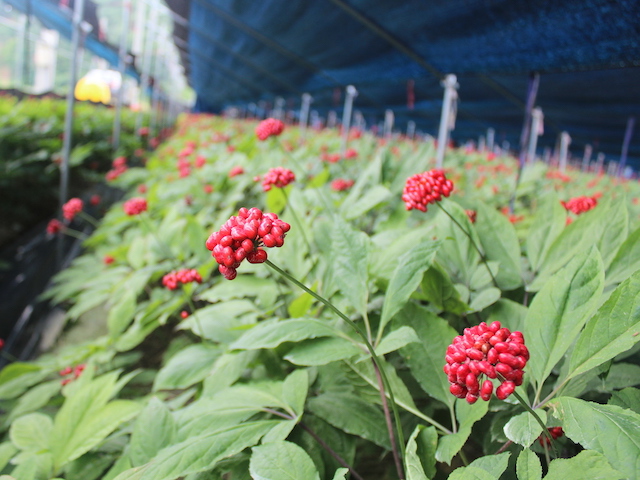Culture, characteristics: why is Korean Ginseng a Premium Ginseng?

Article published on consoGlobe website on 22/02/17 Link to the article (french)
Ginseng has been used to improve health for over 1500 years in Asia. There is some Ginseng first in Korea (Panax Meyer species), then other species in China (Panax species notoginseng), North America (Panax quinquefolius species) and Japan (Panax species Japonicus). However, these ginsengs are not the same, their compositions are different and they cannot claim identical properties.

We also call “ginseng” plants that are not, these are called “fake ginseng”. The Siberian ginseng (Eleutherococcus), Brazilian ginseng (Suma), Peruvian ginseng (Eleutherococcus maca) and Indian ginseng (Withania somnifera) do not belong to the same botanical genus. Even if some of these plants have some health effects, they cannot be attributed to the properties of Korean premium ginseng.
Panax Ginseng: a concentrate of active ingredients
The first quality of real Ginseng is its concentration in active ingredients. These ingredients are concentrated in the roots and they are called ginsenosides. It is these molecules that affect circulation, immunity, blood sugar or erection.
Korean Ginseng is much superior to the others, it contains 32 different ginsenosides so that Chinese ginseng contains 15, American 14 and Japanese only 8!
In addition, Korea has recently developed a new method for processing harvested roots which makes it possible to obtain Black Ginseng, still reinforced in active ginsenosides.
Thanks to a more sophisticated cooking method, some ginsenosides that are only at the trace levels in classic red ginseng, reach levels of high concentration. They thus reinforce the beneficial effects of black ginseng, which is considered to be the premium ginseng from Korea.

How is ginseng cultivated in Korea?
To achieve premium quality, the Republic of Korea has developed the GAP standards, which define a cultivation method applied in the Geumsan region.
GAP stands for Good Agricultural Practices. To obtain the GAP label, Ginseng must be grown for 6 years with a program of reduction in the use of pesticides and chemical agents. This program has made it possible to significantly reduce crop contamination and produce a very healthy ginseng.
Once the ginseng has been harvested, the farmers who respect their culture apply a rest of 2 years on the land for them to regain good fertility.
We then plant a species that does not exhaust the land, like rice, for two years. This also means that a well cultivated ginseng field that meets GAP standards does not can only produce ginseng once every 8 years ! That’s the price you get for a ginseng Premium and this explains that a quality ginseng cannot be cheap… This is therefore far from the intensive cultivation practiced in China with a harvest after two years, three years…
And why wait 6 years to harvest?
Simply because the concentration of active ingredients (ginsenosides) is steadily increasing in the plant until it reaches a plateau after 5-6 years. It is therefore necessary to be patient to obtain a Ginseng that allows you to make effective extracts !
Thanks to this requirement, this selection of a specific botanical species, this method of monitored agriculture, this guarantee of effective concentrations of active ingredients and a Sophisticated manufacturing method Korean Black Ginseng is the must of Ginseng,
Dr. Xavier Fruneau